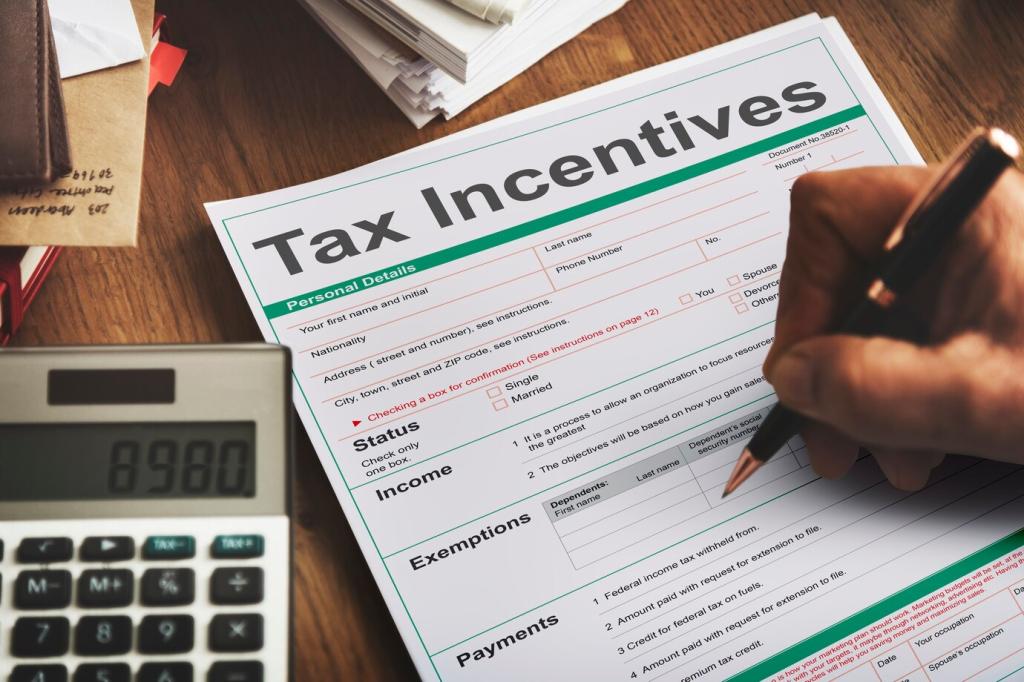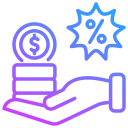Reinvestment Allowance Benefits for Malaysian Companies: A Practical, Inspiring Guide
Today’s theme: Reinvestment Allowance Benefits for Malaysian Companies. Explore how this powerful incentive can fuel expansion, automation, and modernization—without draining cash flow. Dive in, ask questions in the comments, and subscribe for future deep dives tailored to Malaysian business growth.

The Reinvestment Allowance generally grants 60% of qualifying capital expenditure to be set off against up to 70% of statutory income, strengthening cash flow while companies expand, modernize, automate, or diversify operations. It translates technical tax relief into tangible, growth-ready oxygen.
Understanding the Reinvestment Allowance (RA) in Malaysia
Eligibility and Qualifying Reinvestment Activities
Manufacturing and Processing Criteria
Resident companies engaged in manufacturing or processing typically qualify when reinvesting in expansion, modernization, automation, or diversification projects. Eligible spending often covers production-related plant, machinery, and factory improvements that measurably enhance output quality, efficiency, or capacity.
Agriculture and Upstream Activities
Agricultural businesses may qualify when reinvesting to improve yields, reduce waste, or process raw produce efficiently. Expenditure on equipment, facilities, and conservation measures can count, especially where the investment creates enduring productivity gains across planting, harvesting, storage, or processing.
What Usually Does Not Qualify
Expenditure not tied to production, intangible assets, or non-qualifying property typically falls outside RA. Office furniture, passenger cars, or purely administrative tools usually miss the mark unless they directly serve eligible reinvestment that improves manufacturing or agricultural production outcomes.
From Numbers to Savings: Calculating Your RA
Qualifying Capital Expenditure (QCE) in Focus
Identify QCE by mapping each asset to your reinvestment objective: expansion, modernization, automation, or diversification. Capture costs of purchase, delivery, installation, and commissioning. Tie every ringgit to a measurable improvement in throughput, yield, or quality to strengthen the claim.

Planning Your Reinvestment Strategy
Timing the First Claim and 15-Year Window
The RA period typically spans 15 consecutive years of assessment from the first claim. Start only when ready to sustain reinvestment momentum. A thoughtful first claim date can unlock a longer runway for upgrades, ensuring you capture savings across strategic phases.
Avoiding Double Dips: RA vs. Other Incentives
Coordinate RA with other incentives like Pioneer Status or Investment Tax Allowance, noting potential restrictions and non-concurrent claims. Model combinations carefully. The goal is not just the biggest headline relief, but the best fit for your roadmap and profitability profile.
Financing and Cash Flow Considerations
Blend RA savings with grants, green financing, or vendor terms to reduce net cash outlay. Share payback models with your board to secure approvals. When finance and operations move in lockstep, reinvestment becomes a disciplined habit rather than a one-off reaction.
Compliance, Evidence, and Risk Management
Building an Audit-Ready File
Maintain purchase contracts, invoices, delivery notes, commissioning reports, equipment specifications, process maps, and before-and-after metrics. Link each asset to a clear reinvestment objective. A tidy, indexed file turns any review into a straightforward conversation supported by facts.
Common Pitfalls and How to Avoid Them
Typical issues include mixing non-qualifying assets, weak documentation, and unclear links to production improvements. Solve them early with project charters, engineering sign-offs, and quantified KPIs. Invite internal audit to review evidence before filing, reducing surprises and disputes.
Working with Vendors and Engineers
Request certificates, technical datasheets, and acceptance tests that prove performance gains. Ask vendors to map features to your reinvestment goals. Engineers can translate capabilities into measurable outcomes, making your claim stronger and your operational benefits unmistakably real.

Stories from the Floor: Real-World Benefits
Penang Electronics SME: Precision and Productivity
A precision assembler upgraded surface-mount lines and inspection systems. RA cushioned early costs, while first-pass yield jumped and rework fell dramatically. The team celebrated hitting an ambitious OEE target, then reinvested again—this time in predictive maintenance analytics.


Johor Food Processor: Scaling with Cold Chain
A growing processor expanded blast freezing and warehouse automation. RA reduced taxable income during a critical growth spurt, funding QA labs and staff upskilling. With fresher exports and fewer temperature excursions, margins improved and new regional contracts followed naturally.
Next Steps: Make RA Part of Your Growth Playbook
Map your production constraints, shortlist equipment, estimate QCE, and draft measurable KPIs. Align project timing with revenue cycles. If the numbers validate a strong payback with RA support, schedule procurement gates and plan commissioning with quality and safety in mind.

